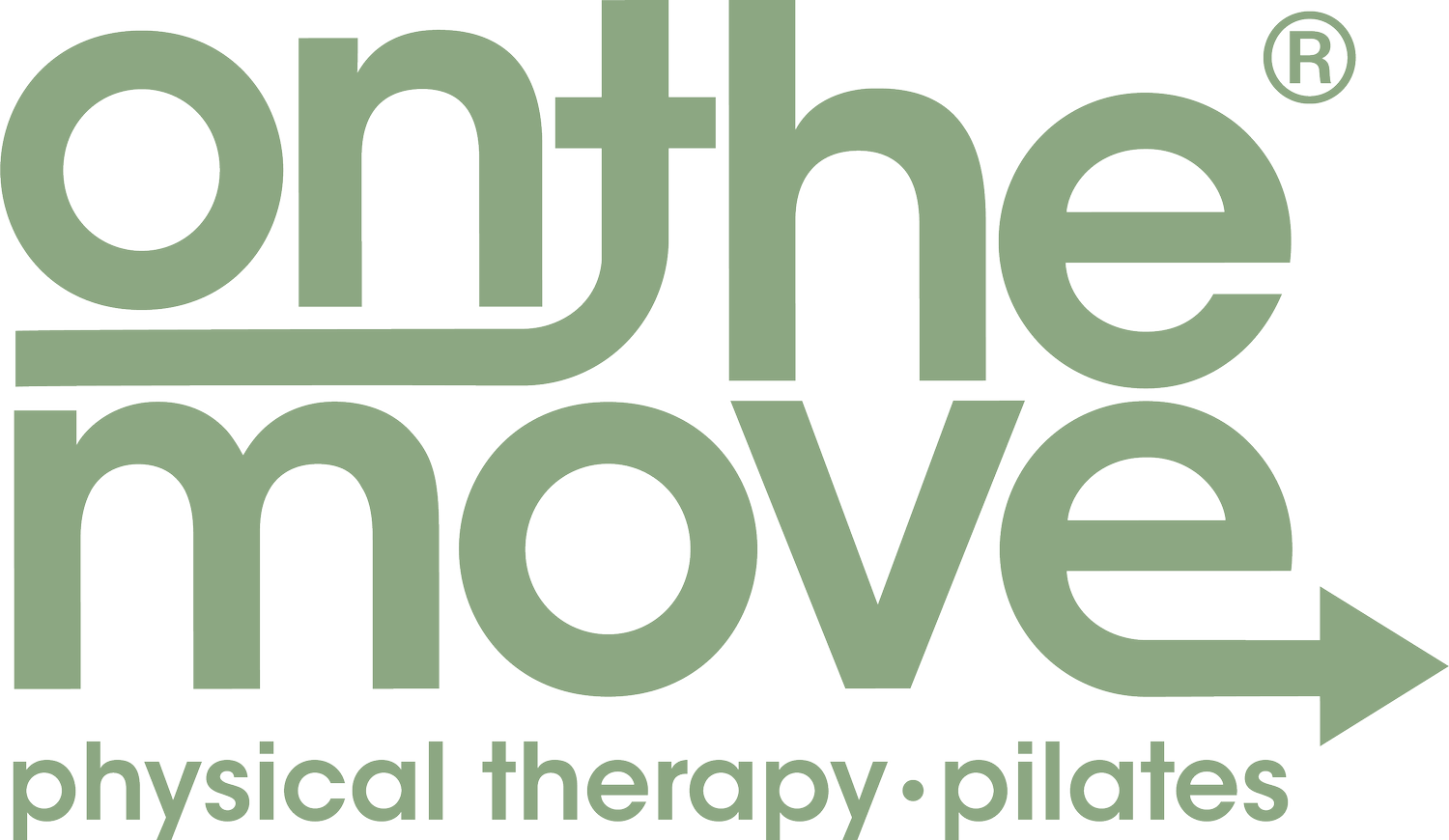ACL Injury Prevention
The Anterior Cruciate Ligament (ACL) is one of 4 ligaments that provide stability to the knee joint. More than 200,000 people per year experience ACL injuries. Non- contact ACL injuries usually occur with sudden stopping, awkward landing from a jump, or pivoting with the foot planted on the ground. The consequences of an ACL injury potentially include surgical repair, a long rehabilitation period before returning to sports, and in the long run, a higher risk for knee arthritis.
! The good news is that recent studies suggest that certain exercises decrease the chance of ACL injury. Athletes should be examined by a health professional such as a physical therapist to assess strength, flexibility, and mechanics. Itʼs best when these exercises are started with young athletes before poor technique becomes a difficult habit to break. With the help of a coach, trainer, or therapist, an athlete can implement an exercise program to prevent the chances of ACL injury.
Exercises you can do at home to prevent ACL injury:
-
1) Squats - Lower into a mini squat by bending at your knees and hips. Make sure that
your knees go straight forward (in the same direction as your feet) and they stay behind the front edge of your toes. Maintain the space under the inner arches of your feet and draw in your abs to make sure your spine stays neutral. At the bottom of your squat, your shoulders should be in line with your knees and toes and the side of your hip should stay in line with your heels.
-
2) Single leg heel raises - This exercise is to improve balance, core strength, and leg strength. With very little or no hand support, stand one foot and rise up to the balls of your feet. Make sure your ankle stays in alignment with your foot and leg, your spine stays neutral, your hips stay even, and your knee stays straight.
-
3) Jumping- with feet about 4” apart, use the squat technique and heel raise technique from above to launch your jump. Try jumping in place, forward, backward, and side to side and turning. With every jump, make sure that the alignment described in the first two exercises is maintained. Your knees should stay 4” apart just like your feet.
Remember, the most important aspect of these exercises is to perform them correctly - not to feel the “burn” or push until you canʼt do more. Start by doing them in front of a mirror and then take these techniques to the field, gym, or dance studio!
Written by Alyssa Herrera-Set, DPT

